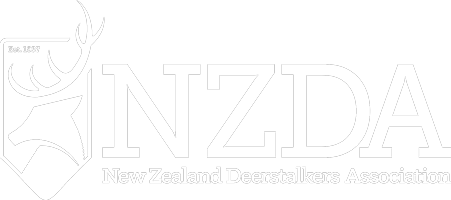Draft Aerial 1080 Pest Control Industry Guidelines
Dear Matthew and Dianne,
Thank you for your recent submission on the Draft Aerial 1080 Pest Control Industry Guidelines.
A total of 15 submissions were received. The Guidelines Steering Committee met on 7 October to review these submissions and consider any changes that might be required to the document. A summary of issues and comments raised by submitters, along with the responses of the Steering Committee, have been posted on the NPCA website.
It has been noted that your submission does not expressly support or otherwise the guidelines, but rather provides comments on specific sections.
- You have provided a statement in opposition to the use of 1080. This is outside the scope of the guidelines however, The guidelines apply where the decision to aerially apply 1080 has already been made. I have passed your comments, in a summary of similar comments and research needs, with name details excluded, on to the relevant management agencies, Animal Health Board and Department of Conservation, with a copy to ERMA. The Animal Health Board representative on the committee, Stephen Sharpe, has indicated that he is happy to discuss any concerns about the breakdown of deer carcasses and potential secondary poisoning from deer carcasses with NZDA.
- Section 1.3 Statement of principles doesn’t emphasise enough the risks to the environment, particularly with regard to the welfare of non-target animals. The operational plan should be the basis for identifying and mitigating environmental risks. Sec 4.1.1 has been amended to include this.
- Section 3.5 Minimum quantities carried under tools of trade should be scrapped. This is outside the scope of the guidelines. The standard, as worded, related to the current legal rules. You could take this up with the NZ Transport Agency.
- Section 3.8.2 Operators should not use open weave bags and the guidelines text around leak-proofing should be more prescriptive. Reference to open weave bags has been removed and emphasis placed on the legal requirements for equipment and packaging not to leak and that there be no visible discharge. Reference has been made to the Packaging Regulations and 6, 8 and 9 controls regulations.
- Section 4.3.3 / 36 Should include removal of all non-target carcasses and recording of non-targets, and bait clearance from tracks or sensitive areas should be mandatory. “and carcasses” has been added to clearance of tracks and sensitive areas. It has been noted that record keeping will be consistent with consent conditions.
- Section 4.3.3 / 43 Inserts a new guideline to compel or encourage monitoring of toxicity of non-target carcasses found in any operation area. Number 43 is about monitoring baits and carcasses only in relation to caution periods for sign removal. Non-target monitoring has now been highlighted in Section 4.1.1 for consideration as part of the operation plan. It may also be a requirement of specific consents.
- Suggests that NPCA work to develop criteria for when agencies decide to use aerial methods and when to use ground-based methods. This is outside the scope of the guidelines however, the guidelines apply where the decision to aerially apply 1080 has already been made. It could be a topic for future consideration by NPCA.
I thank you once again for your interest in these important industry guidelines.
Mike Hawes
Chairperson
Guidelines Steering Committee
National possum control agencies
